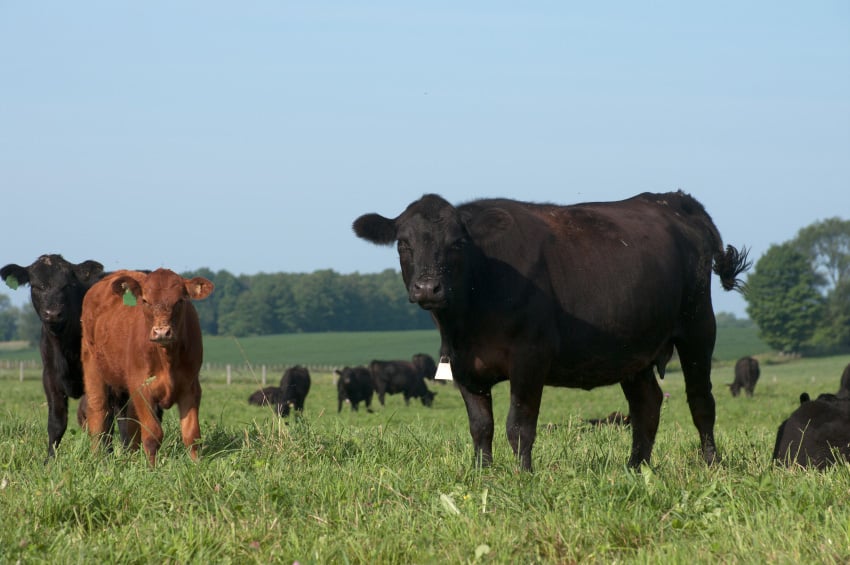It’s a debate as old as time: futures versus options. When does one use futures? When does one use options? When does one use both at the same time? Well, maybe it’s not really much of a debate. And maybe its history doesn’t expand back all too far. Nonetheless, it’s a conundrum that I’m asked about on a fairly regular basis. The answer can’t be boiled down to always using one over the other, since it depends on the situation at hand. Some situations are cut and dry for using options, some situations are cut and dry for using futures, and some situations require a little bit of weighing pros and cons. Regardless, it’s a question that gets asked, so it’s certainly worth taking a deeper look.
Let’s start with the one that many producers are more comfortable with – options. Options have a number of different applications, and can be a very useful tool to mitigate risk in an ever moving market. So when specifically are options more favorable than futures?
When to Use Options
While it feels like forever ago based on where corn prices are as of the writing of this article, there was a time just a few weeks back that December corn futures were trading at $4.50, and many a producer thought prices were going to the moon. Many producers priced a portion of their projected crop, but still wanted to hold off on pricing a majority because they didn’t want to miss out on the potential higher prices that they saw coming. This is a textbook example of when options, and specifically ‘put’ options, come in handy. Producers were able to buy put options to protect their downside at those levels while not locking themselves in on that being the highest price they could’ve received for their crop. If prices kept going higher, then they’d be able to sell their bushels at a higher price and only be out the premium paid for the put option. However, if markets went lower, as they have, then the put option is there to protect the downside risk. To put it simply, if you want to protect your downside risk while keeping your upside open, then buying put options is the way to accomplish that.
When to Use Futures
Now let’s explore a time when using futures is a more advantageous route. Say it’s that same price landscape as I described in the example above. Corn is trading at $4.50, and as a producer, you want to make a sale. However, basis has been widening out during the rally, so you want the board price, but not the current basis. This is where futures come into play. You can sell the futures contracts, which locks you in at that market price, and is likened to making the physical sale. However, you’re not locking in the basis in that case, so you are able to wait for the basis to return to more acceptable levels while knowing you have that board price locked in. When that basis returns to more normal, acceptable levels, you can set the basis, price the physical bushels and offset your futures position. In this case, you’re locked in at that $4.50 board price, but if the basis ultimately moves in your favor, then you’ll be getting a higher overall cash price, which is the end goal.
Futures vs Options: Pros and Cons
They’re actually not all that difficult, it just depends on how comfortable you are with margin. For this example, let’s say it’s harvest time. You pull the bushels out of the field, but don’t have anywhere to store them, so you have to sell. The price isn’t where you want it to be, so you want to have the potential to add onto your sales. You have two options: buy futures or buy calls. Which one should you choose? Well this is where weighing the pros and cons comes into play.
- Pros of futures: it’s penny for penny reward to the upside.
- Cons of futures: it requires margin and is penny for penny risk to the downside.
- Pros of calls: your risk is limited to what you pay up front.
- Cons of calls: it’s not penny for penny reward.
At the end of the day, it comes down to which pros you think outweigh the cons for your situation.
Next Steps: Learn More About Hedging with Futures and Options
The moral of the story is that both futures and options have their place in the broad marketing toolbox. We dove into a few examples, but if you want to go more in depth, then watch our Hedgucation 101 webinar recording. Knowledge truly is power, and in these markets, having power is crucial.




